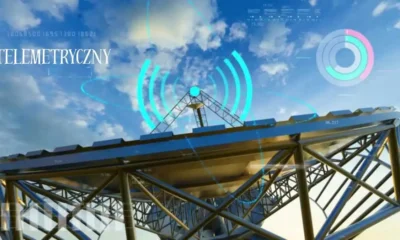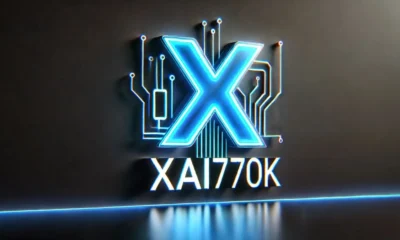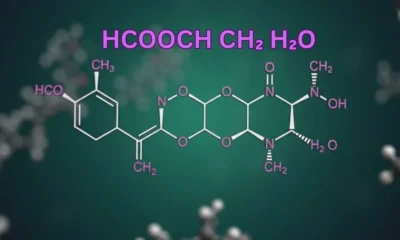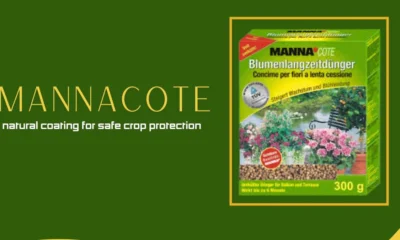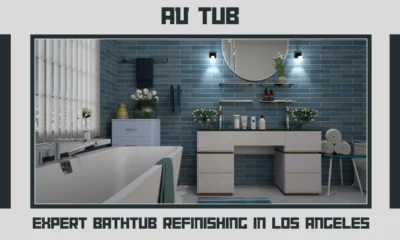GENERAL
Sodiceram: Advanced Ceramic for Modern Architecture
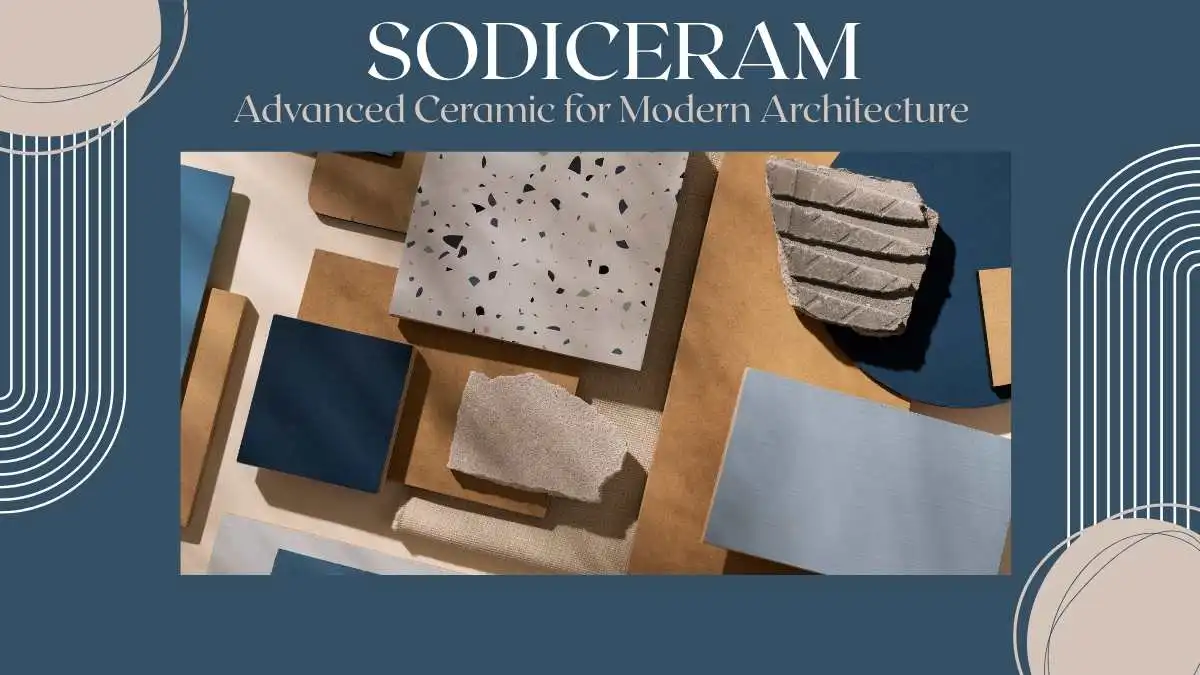
Sodiceram is a high-performance ceramic material engineered to meet the demands of modern construction, manufacturing, and design. It is composed of refined ceramic base materials enhanced with sodium-based compounds, which significantly improve its functional attributes. These enhancements lead to superior performance in harsh environments and under mechanical stress, setting Sodiceram apart from conventional ceramics.
While many ceramics are known for their rigidity and heat resistance, Sodium-based ceramics go several steps further. Its formula is optimized to increase resilience to thermal shock, corrosive chemicals, and physical impact — all without compromising on design flexibility.
The Science Behind Sodium-Based Ceramics
Sodiceram’s innovation lies in the inclusion of sodium compounds, which alter the microstructure of the ceramic. This results in:
- Improved densification: Reducing microvoids and imperfections for a smoother, more consistent finish.
- Enhanced mechanical bonding: Sodium ions promote stronger grain boundaries.
- Thermal regulation: Allows the ceramic to expand and contract with less stress.
- Chemical resistance: Sodium-based ceramics are more inert, making them resistant to acids, alkalis, and solvents.
By manipulating ceramic chemistry at the molecular level, these high-performance ceramics deliver performance that meets — and often exceeds — the rigorous standards of today’s engineering and design disciplines.
Applications of Sodiceram
Architectural Use
In modern architecture, where aesthetics and functionality must coexist, Sodiceram provides an ideal solution. Its design versatility, combined with extreme durability, makes it an excellent choice for both interior and exterior use. Common architectural applications include:
- Wall cladding and façades
- Flooring in high-traffic areas
- Ventilated façade systems
- Staircases and structural components
Its resistance to UV radiation, moisture, and pollutants ensures longevity with minimal maintenance, particularly in urban or coastal environments. Its clean lines and availability in various textures, colors, and finishes allow designers to experiment freely without sacrificing performance.
Industrial Applications
In industrial settings, materials are subjected to harsh conditions including heat, pressure, abrasion, and chemicals. Sodiceram thrives under these conditions, making it suitable for:
- Kiln linings and high-temperature surfaces
- Chemical processing plants
- Machinery components and casings
- Heavy-duty countertops and workstations
Its dimensional stability and load-bearing capacity give it a long lifespan even in the most challenging environments. Unlike metals, these architectural ceramic solutions do not corrode or warp, making them a cost-effective and sustainable solution for manufacturers and engineers.
Decorative and Interior Design
While known for its strength, Sodiceram also appeals to artists, designers, and home renovators for its decorative potential. From luxury tile work to bespoke sculptures, it allows for:
- Intricate engravings and patterns
- Custom color palettes
- Glossy or matte finishes
- Sustainable home décor elements
It balances beauty and practicality, enabling long-lasting decorative solutions in both residential and commercial settings. The low porosity also ensures that finishes retain their vibrancy for years.
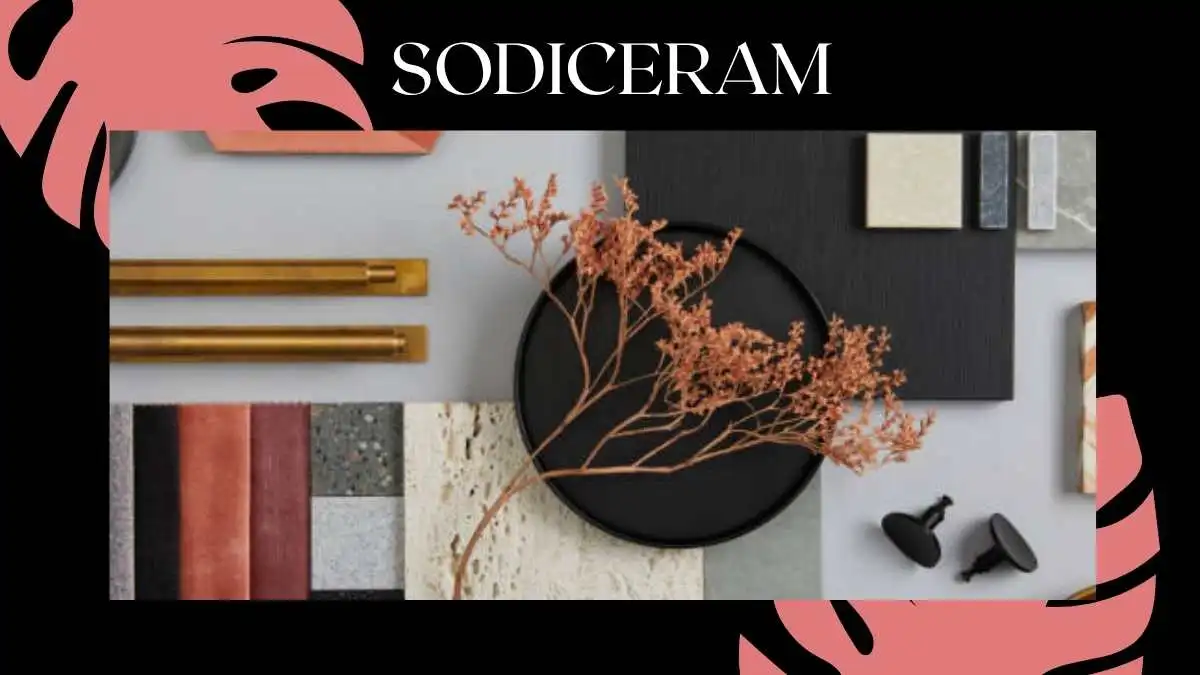
Is Sodiceram Eco-Friendly?
Yes, Sodiceram is designed with sustainability in mind. As sustainability becomes a global imperative, these high-performance ceramics are leading the charge in eco-friendly material science. Its production process is optimized for:
- Energy efficiency through advanced firing technologies
- Use of recycled inputs such as ceramic waste and post-consumer materials
- Low emissions during manufacturing
- Extended lifecycle, reducing waste and replacement frequency
These attributes align Sodiceram with green building certifications like LEED and BREEAM, making it an environmentally responsible choice for modern construction and design projects.
Advantages
Sodium-based ceramics offer a suite of benefits that position it at the forefront of ceramic innovation:
- Exceptional Mechanical Strength: Withstands physical stress and impact without cracking or degrading.
- Thermal Stability: Performs optimally in extreme temperatures, making it suitable for both indoor and outdoor environments.
- Chemical Resistance: Ideal for settings exposed to cleaning agents, acids, or industrial chemicals.
- Aesthetic Variety: From ultra-modern minimalism to traditional elegance, Sodiceram offers design adaptability.
- Low Maintenance: Resistant to stains, scratches, and wear, making it ideal for high-use spaces.
What Makes Sodiceram Different from Regular Ceramic?
| Property | Traditional Ceramic | Sodiceram |
| Mechanical Strength | Moderate | High |
| Chemical Resistance | Basic | Advanced |
| Thermal Shock Tolerance | Low to moderate | High |
| Design Flexibility | Limited | Extensive |
| Eco-Friendly Production | Rare | Integral to brand |
Why Industry Leaders Are Turning to Sodium-based ceramics
From architects and engineers to interior designers and sustainability consultants, Sodiceram is gaining widespread adoption. It bridges the gap between cutting-edge performance and contemporary style. The material not only supports structural and functional requirements but also enhances the aesthetic value of any project.
With rising awareness of environmental responsibility and lifecycle cost efficiency, it offers a future-ready solution that meets the demands of modern innovation, functionality, and ethics.
FAQs
Why is Sodiceram better for modern construction?
Sodium-based ceramics combine high strength, thermal stability, chemical resistance, and eco-friendly production—ideal for modern construction demands.
Is it suitable for outdoor use?
Yes, it resists UV rays, moisture, and thermal stress, making it ideal for exterior architectural use.
Can Sodiceram be customized for specific design needs?
Yes, it is available in various textures, finishes, and colors, offering high design flexibility.
Final Thoughts
Sodiceram is more than just a ceramic material—it’s a symbol of what’s possible when science, sustainability, and style converge. With its superior mechanical, thermal, and chemical properties, coupled with eco-conscious production and design flexibility, Sodiceram has earned its place among the top-tier materials in the construction and design industries.
Whether you’re specifying materials for a cutting-edge skyscraper, upgrading an industrial facility, or curating a luxurious living space, it delivers performance without compromise.
-

 BIOGRAPHY7 months ago
BIOGRAPHY7 months agoBehind the Scenes with Sandra Orlow: An Exclusive Interview
-

 HOME1 year ago
HOME1 year agoDiscovering Insights: A Deep Dive into the //vital-mag.net blog
-

 HOME1 year ago
HOME1 year agoSifangds in Action: Real-Life Applications and Success Stories
-

 BIOGRAPHY1 year ago
BIOGRAPHY1 year agoThe Woman Behind the Comedian: Meet Andrew Santino Wife

